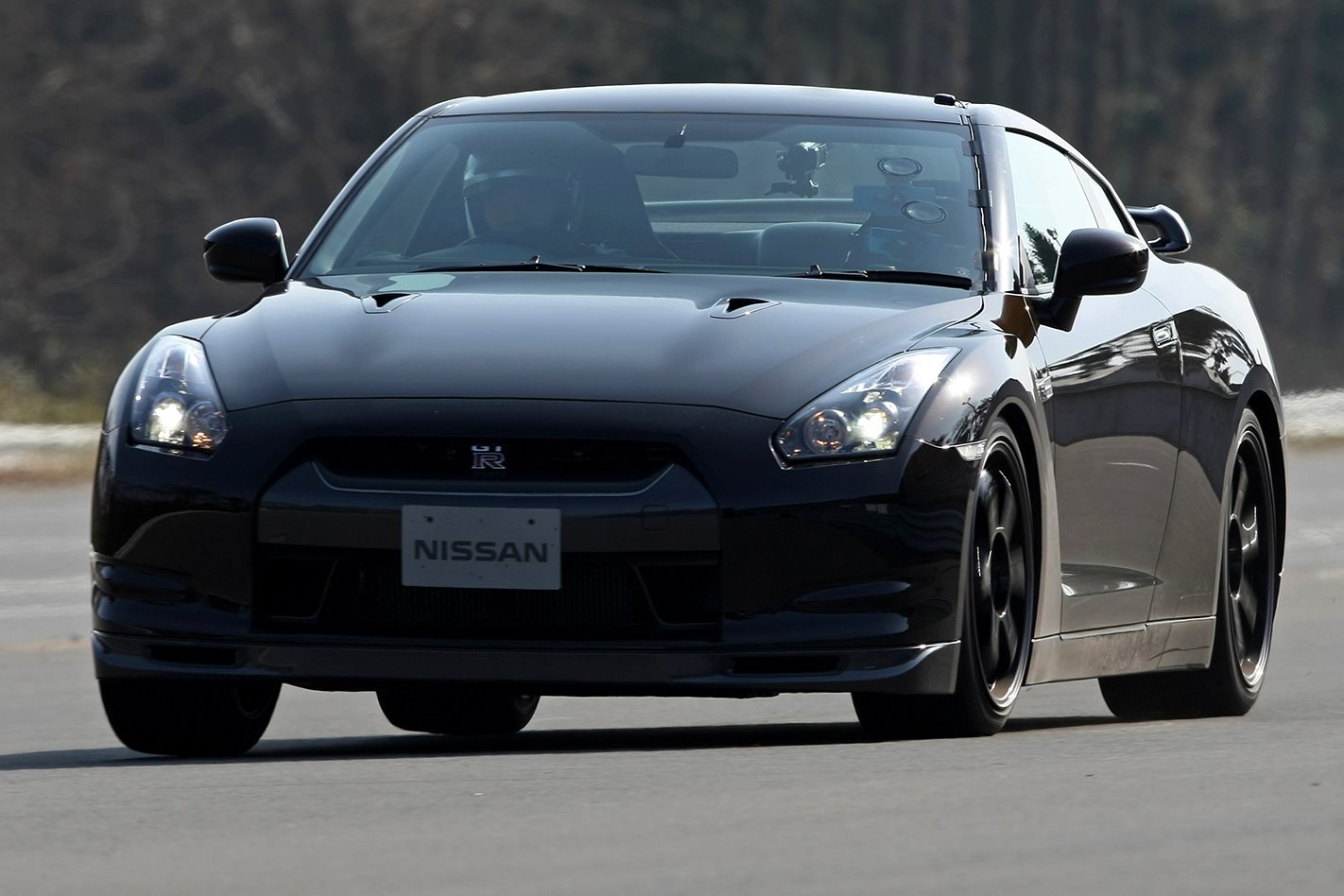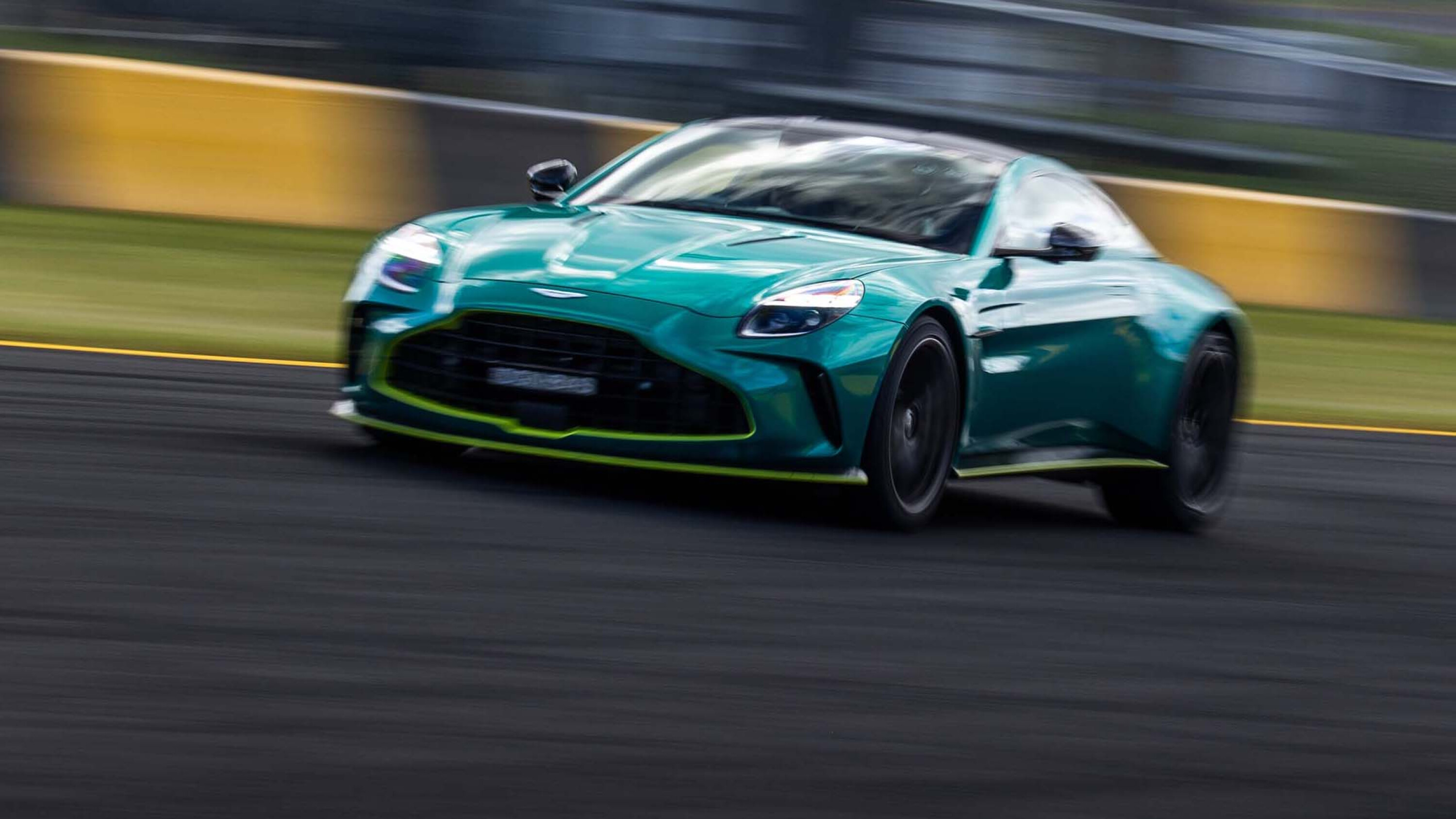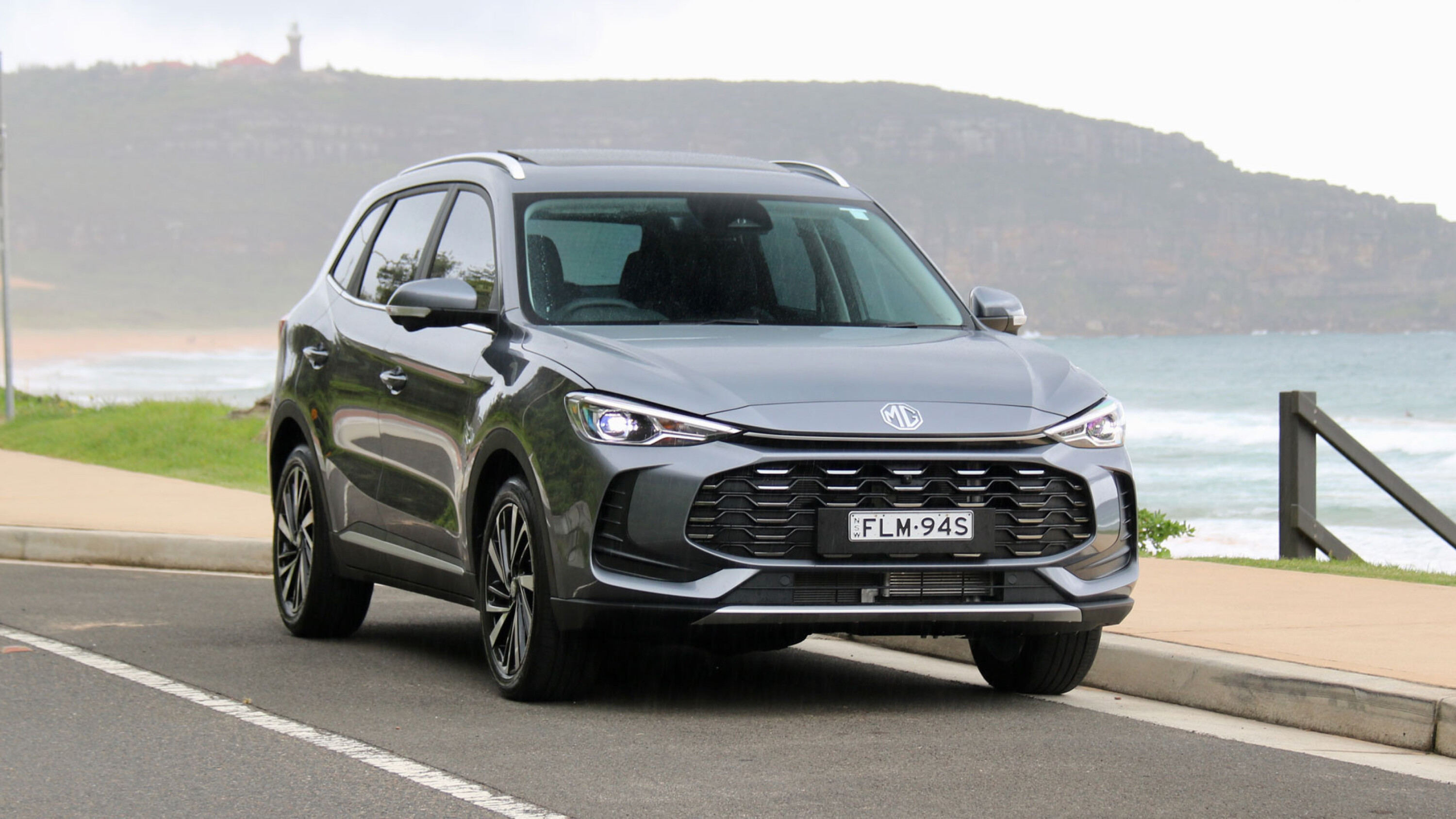The mystique of the black Spec-V GT-R is immediate.
The lure of such an exclusive, anticipated supercar sparked a hive of activity around the world as pundits and supercar lovers tried to pick exactly what the Spec-V would gain over the already-capable standard GT-R, after the flying V was spied at the Nurburgring last year.
We’d heard about its lightweight carbonfibre body parts, its $70,000-plus carbon-ceramic brakes, its high-gear boost control, unique Bilstein suspension, and ultra-high performance Bridgestone rubber. Now it’s our turn in the hot seat to see how these changes alter the GT-R.
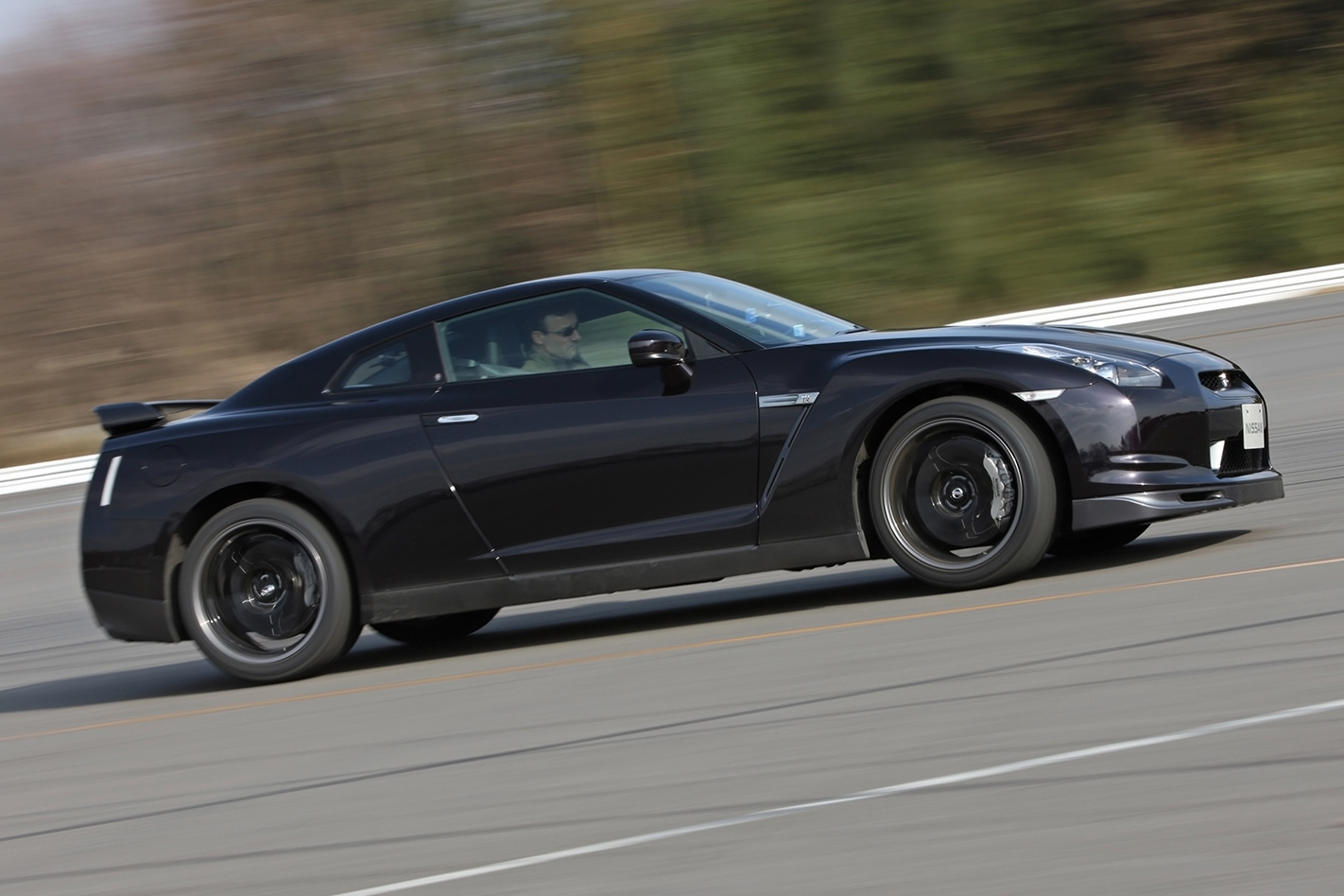
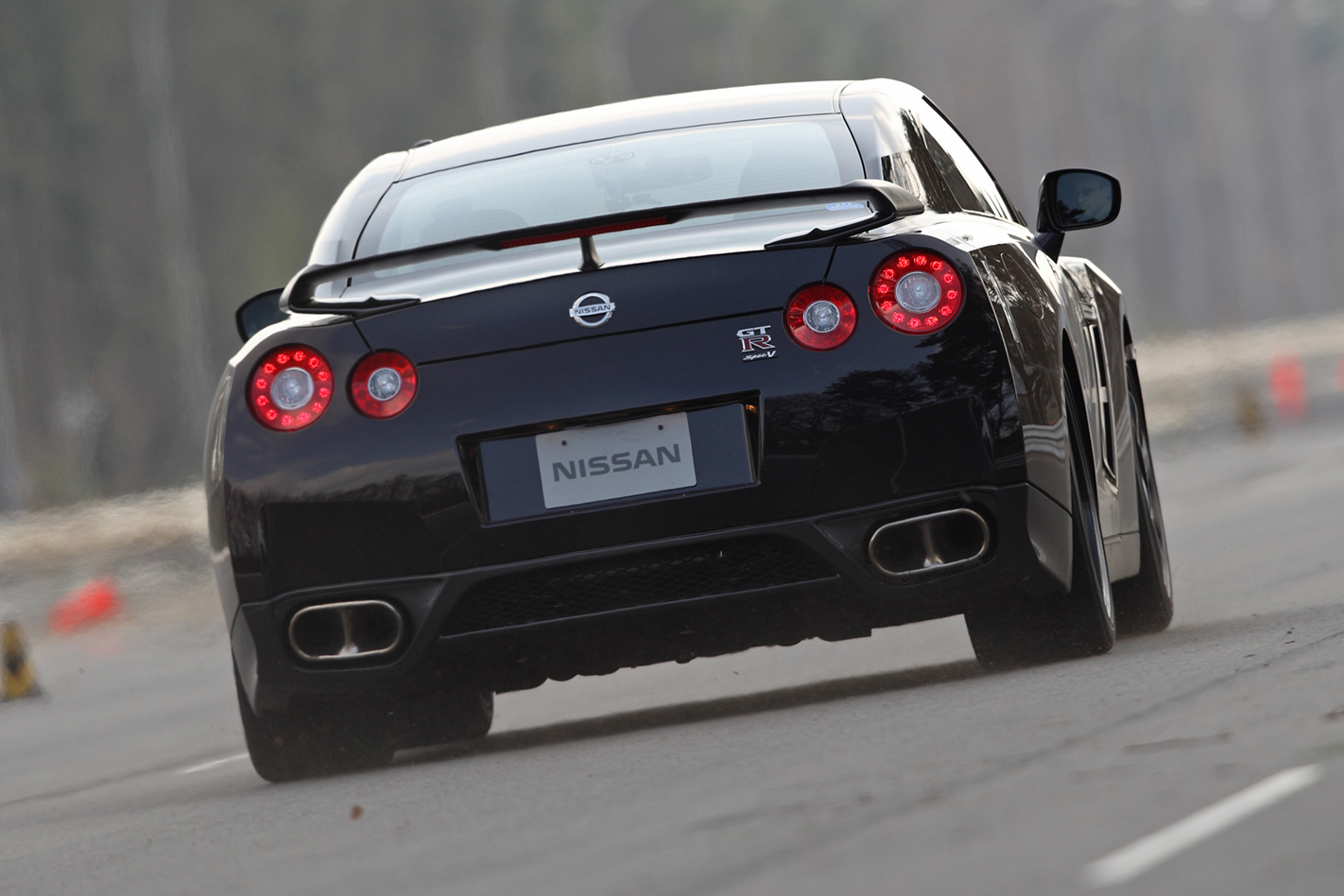
To shed as much weight as possible, Mizuno replaced the tight rear seats with soft plastic covers, while in the front he specified two ultra-thin carbonfibre Recaros to save more kegs. All up, the Spec-V has lost 56kg, dropping kerb weight to 1684kg which, to tell the truth, is less than the 100kg weight loss that we expected.“The GT-R is the anyone-anywhere-anytime supercar,” claims Mizuno. “The Spec-V, in contrast to what you might be thinking, is not the high-performance version of the GT-R.” Huh, really? “It is a car tailored to those drivers who really enjoy fast driving and like to push a car to its limits on a track. That’s why we strived to build the best brakes in the world,” he stresses. Right.
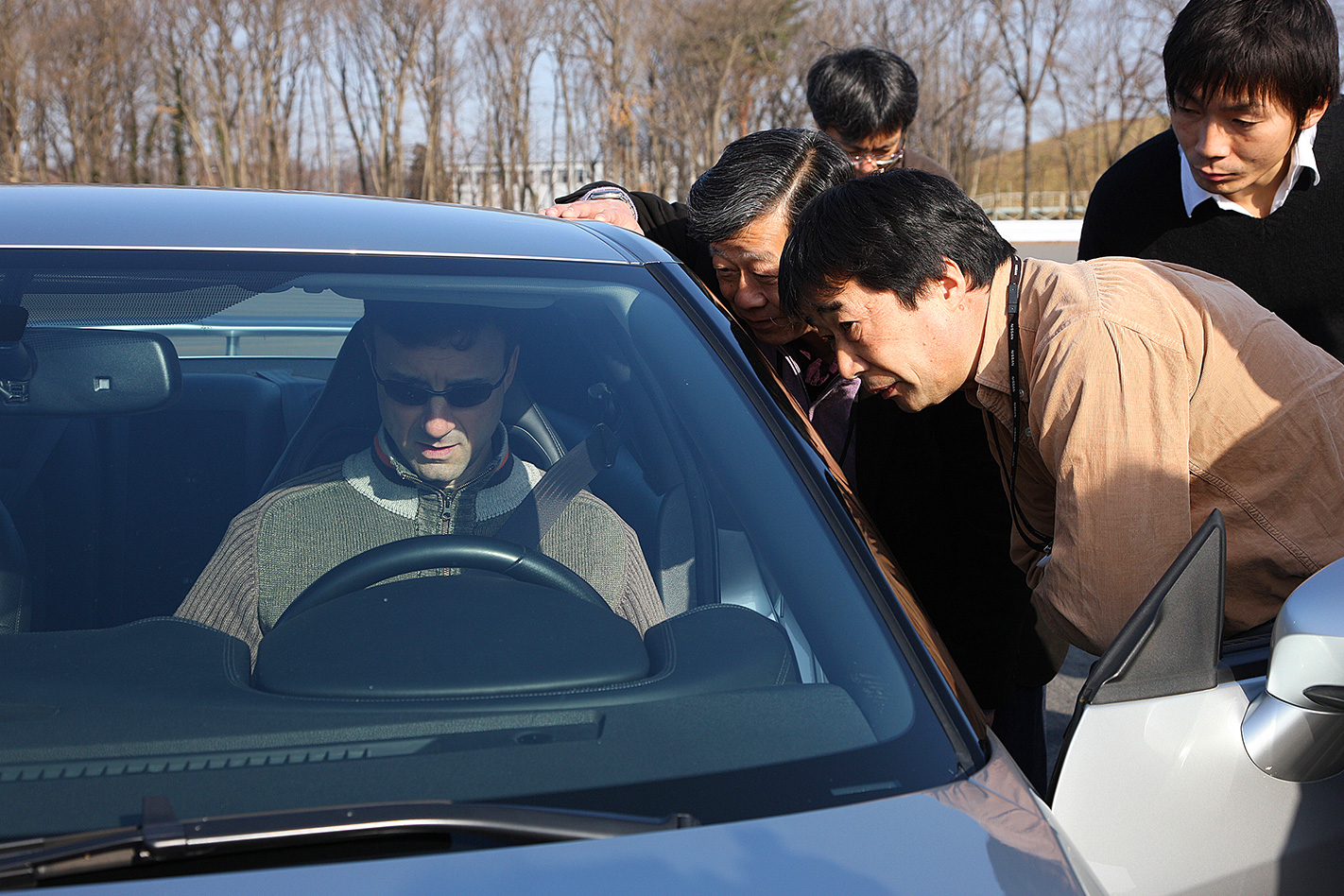
But as Mizuno explains, “That was not our aim. We wanted to lift the on-road thrill factor, not power. And re-define brakes.” The 588Nm torque figure is identical to the regular GT-R’s, too, however there is a high-gear boost control device that ups that figure by 19Nm for an 80-second burst.
As we ready ourselves to launch the car, Mizuno makes sure we know about the retuned VDC unit (an upgrade on all post-MY09 GT-Rs). He is basically saying that he strongly recommends we leave the VDC on, as minor revisions to its programming make it as fast as, if not faster than, the car with the VDC off.
“Oh, so you don’t want us to use the launch control?” we say cheekily. To which he replies half-smiling: “What are you talking about? The GT-R has no such feature.” He is just toeing the company line, because Japanese law states that road cars cannot have launch-control systems.
Leaving the stability-control on, there’s no need to floor the brake pedal, wood the throttle to 4500rpm and release the brake like with the standard GT-R. So we take Mizuno’s advice and just transfer our right boot gently off the brake and floor the throttle.
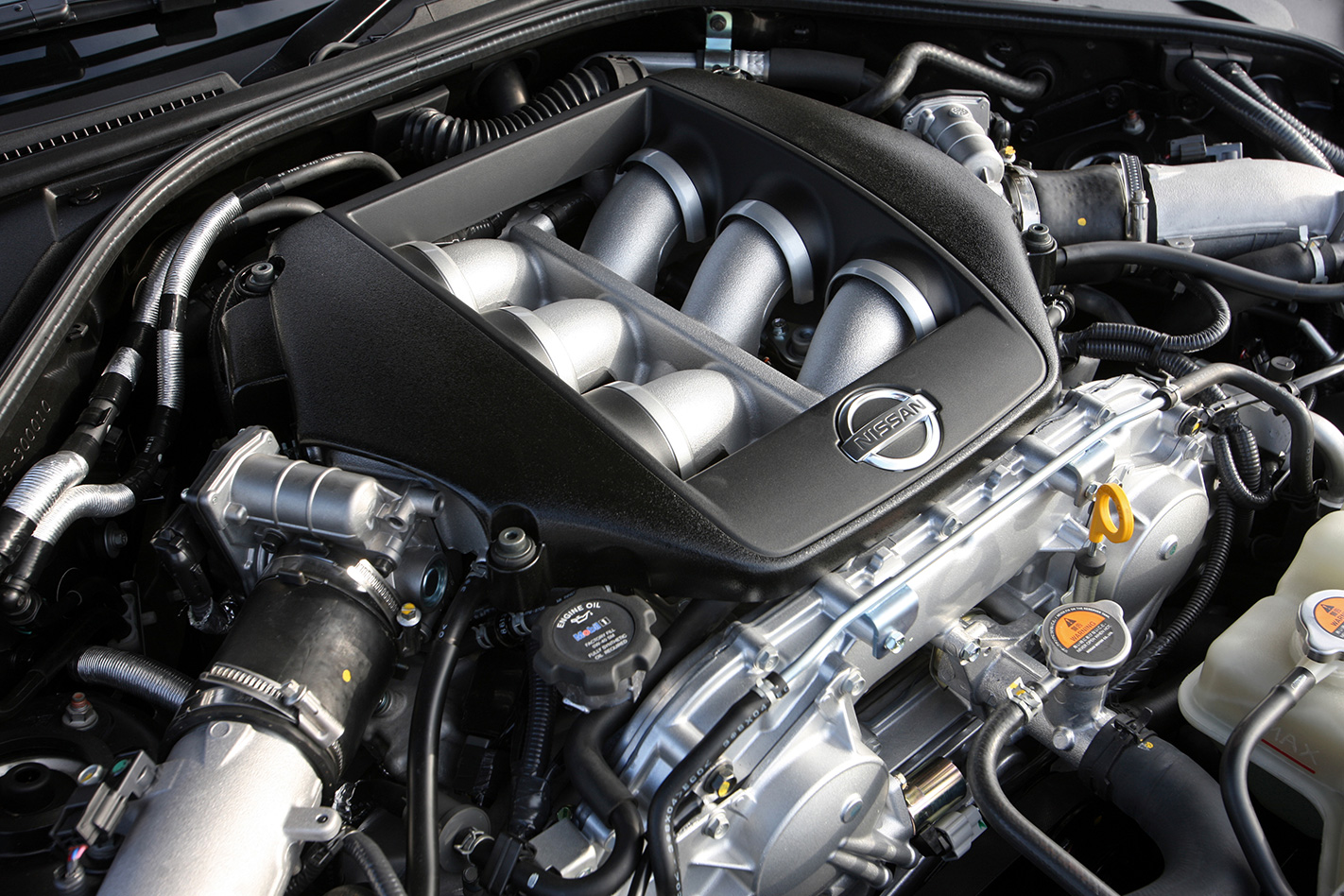
That makes the Spec-V faster than not only the Dodge Viper, Porsche 911 Turbo and Corvette ZR1, but its true European rivals in the Ferrari 430 Scuderia and Porsche 911 GT2.The slalom is a true test for the revised suspension set-up and tyres. On the Spec-V, the switchable Race, Sport, and Comfort dampers are history. The new car’s one-size-fits-all units were jointly developed by Bilstein and Nissan to achieve the best combination of grip and ride quality.The tyres might look like stock 20-inch Bridgestone Potenza RE070ZRs, but they’re not. To endure the extreme braking forces of the Spec-V, Mizuno asked Bridgestone to produce stiffer sidewalls for the Spec-V’s boots, with more rigid shoulders and a more aggressive tread pattern that puts more rubber in contact with the road.But the Spec-V’s big news is its carbon-ceramic brake system. It pulls the car up quicker than any other stoppers of the past and resists fade better. This six-piston affair is a collaboration between Brembo and Nissan. From motorsport, Mizuno knows brakes and what’s here is just a bee’s weeny shy of the stoppers found on a GT track car.
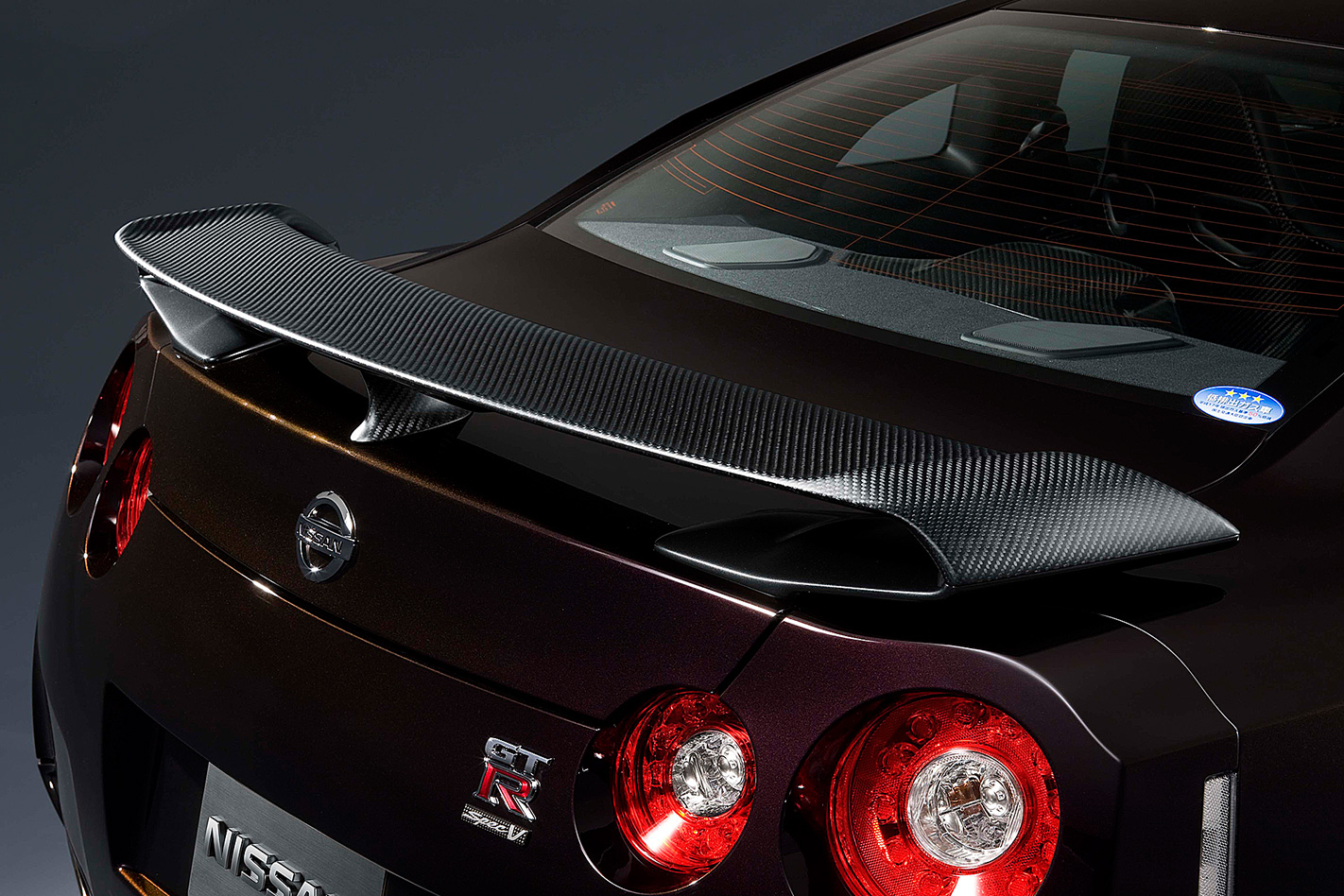
We also reckon that maybe we did not quite generate enough heat throughout the test to get these all-conquering brakes up to operating temperature.After all, for all intents and purposes, these are racing brakes and need heat on board to achieve maximum stopping force. Okay, so we were expecting something like the ZR1 and GT2’s stopping distance of 29.3 metres, but 32.3 metres will have to do for now.When Mizuno points us in the direction of the winding test track at the back of the facility, our first lap is extra-tentative so that we can adequately warm up these carbon-ceramic stoppers. Satisfied that the rotors and pads are now hot, and that the dust and pollen has all but gone, we open the throttle more and brake later, diving deeper and deeper into each successive corner. And the Spec-V just keeps delivering, inviting us even deeper into the turns.
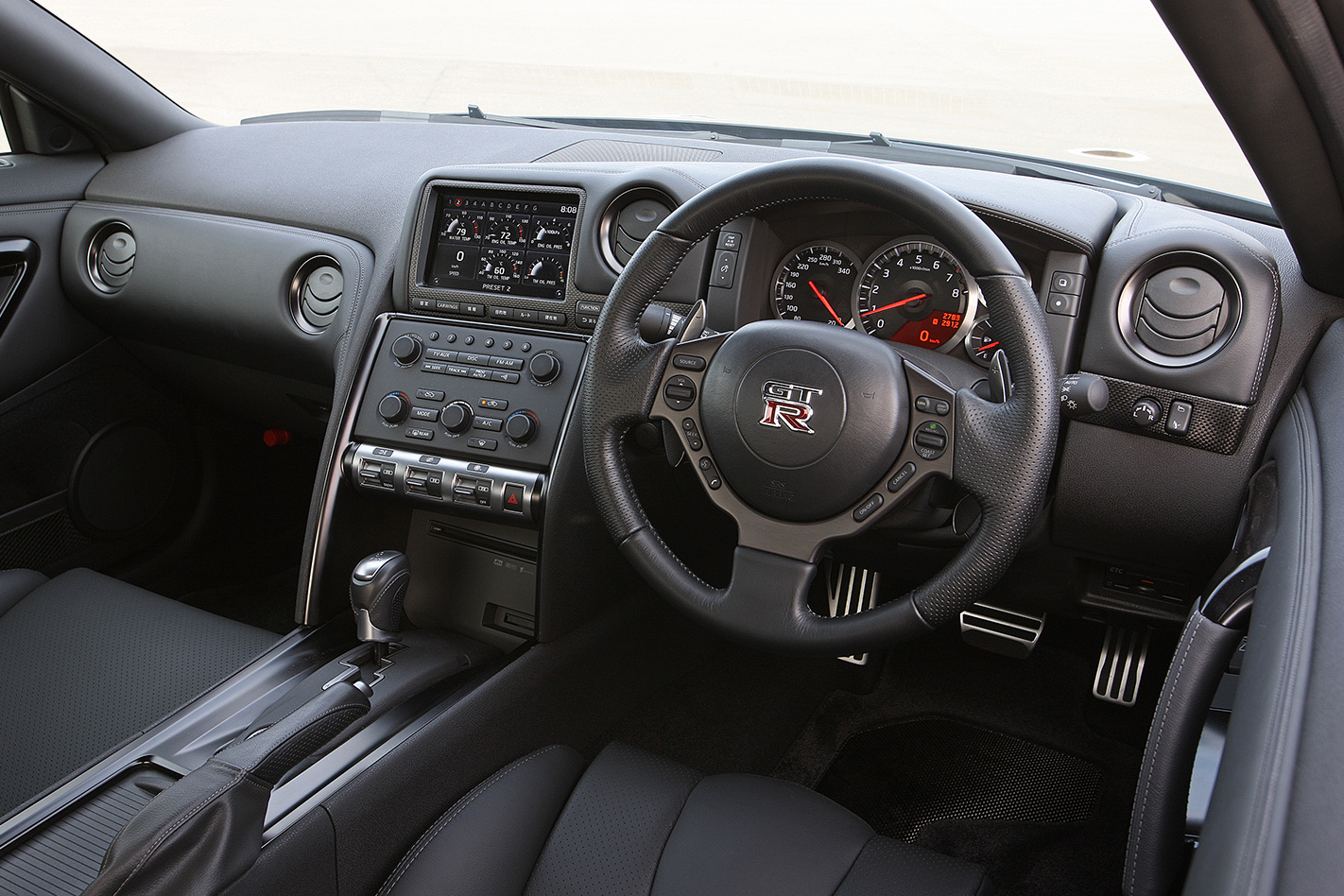
Mizuno tells us the Spec-V can push its limits all day at Fuji and come back for more the next day. And we believe him. The downside? You’d better have upwards of $70K in your back pocket to replace pads and rotors.
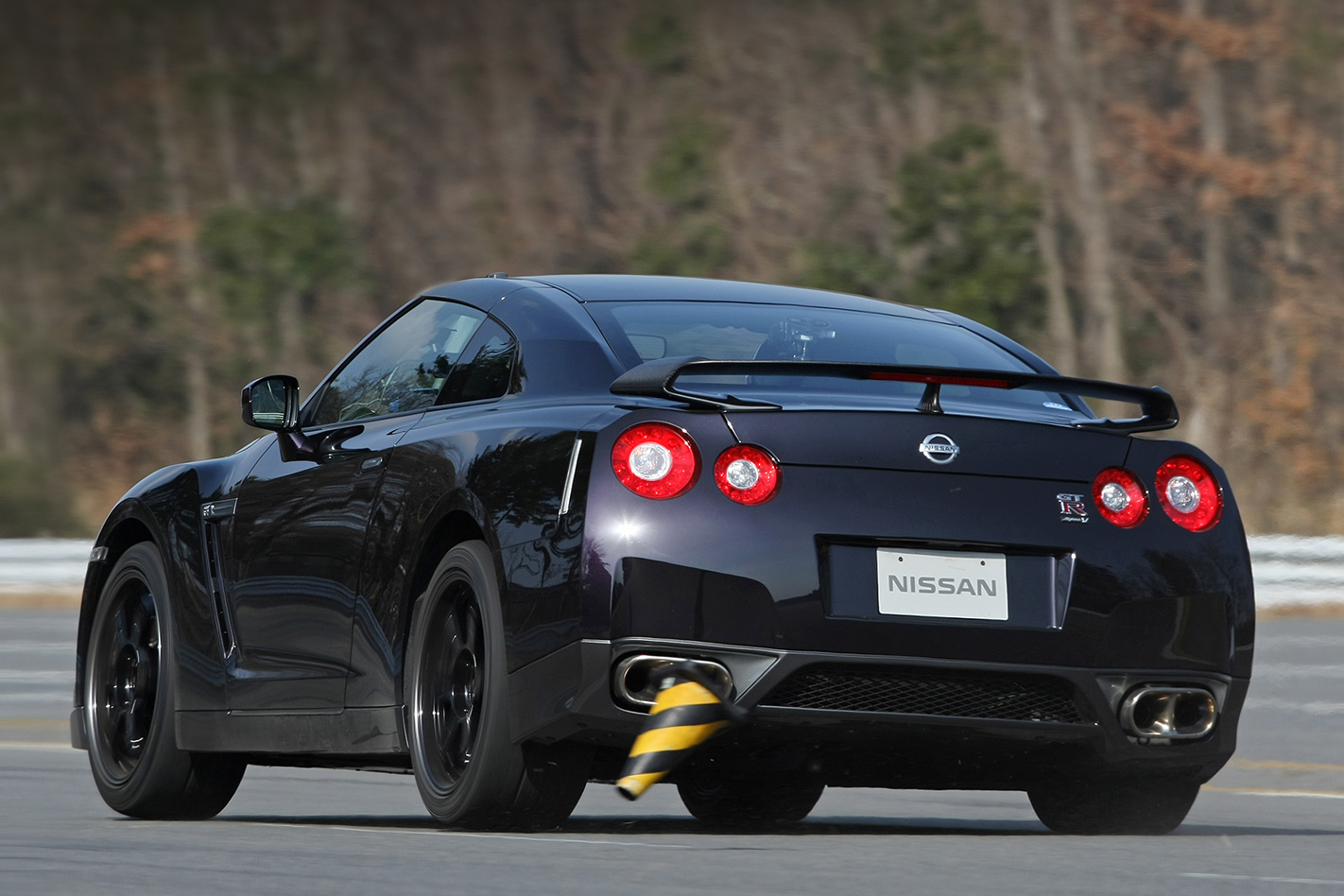
At that price, the Spec-V could be a hard sell even in Japan, even if they only make 30 units a month. Exports are yet to be confirmed.Just to keep us all salivating at the evolution of Japan’s greatest-ever car, Nissan will turn up at the Nurburgring in Germany in April with the Spec-V in an attempt the smash its own 7:29 lap time. And there’s more for the GT-R in the pipeline, apparently. That’s right, Mizuno has more magic up his sleeve. Watch this space.

